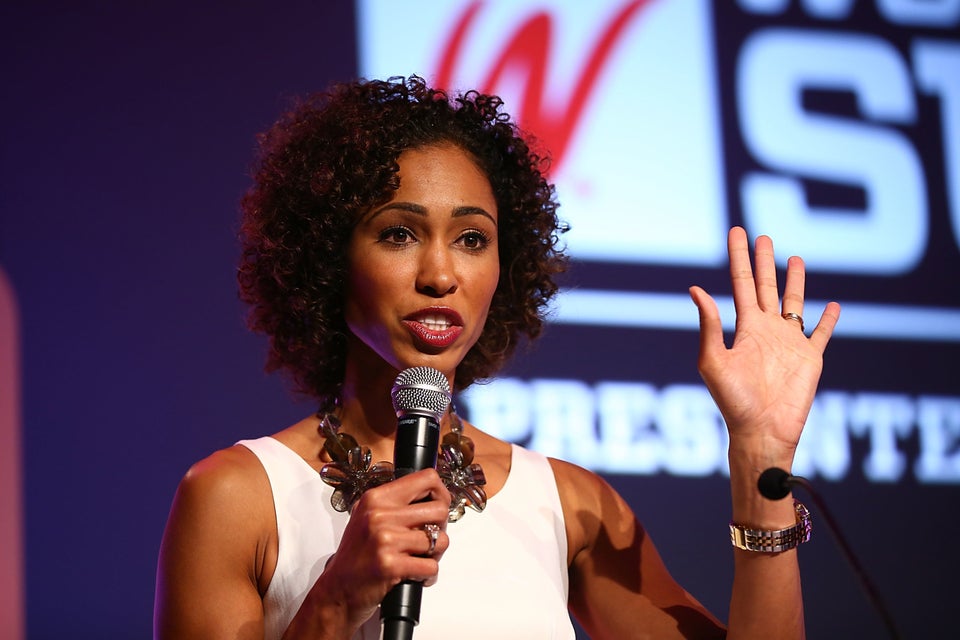I’m 100% black and 100% Japanese and I found my true self at Howard UniversityPosted in Articles, Asian Diaspora, Autobiography, Campus Life, United States on 2020-02-27 02:34Z by Steven |
I’m 100% black and 100% Japanese and I found my true self at Howard University
The Undefeated
2020-02-25
Arthur Cribbs, ESPN Rhoden Fellow
Los Angeles, California
 Arthur Cribbs (center) with father and mother at his high school graduation in Los Angeles in 2017. Arthur Cribbs |
Arthur Cribbs is a junior at Howard University and one of six Rhoden Fellows from historically black colleges and universities participating in a yearlong internship with The Undefeated.
I wouldn’t have it any other way
All I had been searching for in a college was a place that I could call home. So when my junior year of high school came around and my guidance counselors began asking me which schools I was considering, my mind was set on one place: Occidental College.
At that point in my life, it checked all the boxes. It was a four-year college with proven success; even President Barack Obama attended the school. It was also close to my home in Los Angeles, about a mile away from my family. I was familiar with the campus and since my two sisters attended the school, I’d spent many nights at the college already. Occidental looked like a place, outside of my home, where I could be comfortable.
Growing up, comfort was something I had constantly been searching for. Whenever I was away from my family, I often felt out of place.
For starters, I am black and Japanese. While my parents raised me to embrace both parts of my heritage, there were not many people with my combination…
Read the entire article here.

